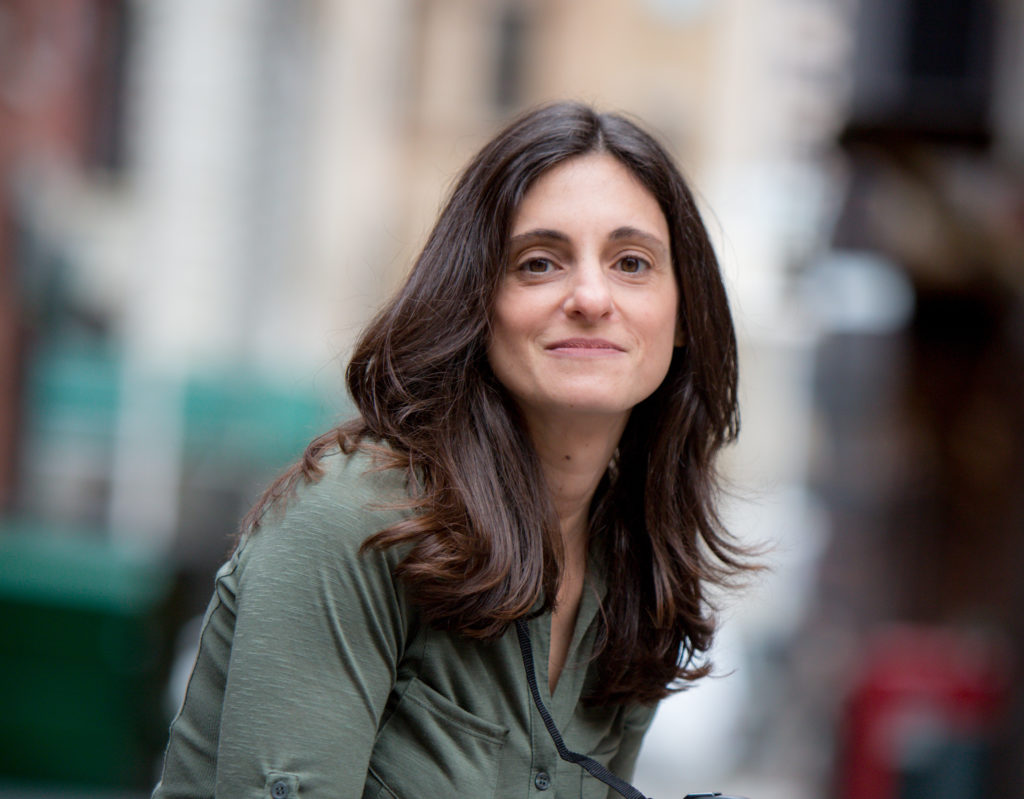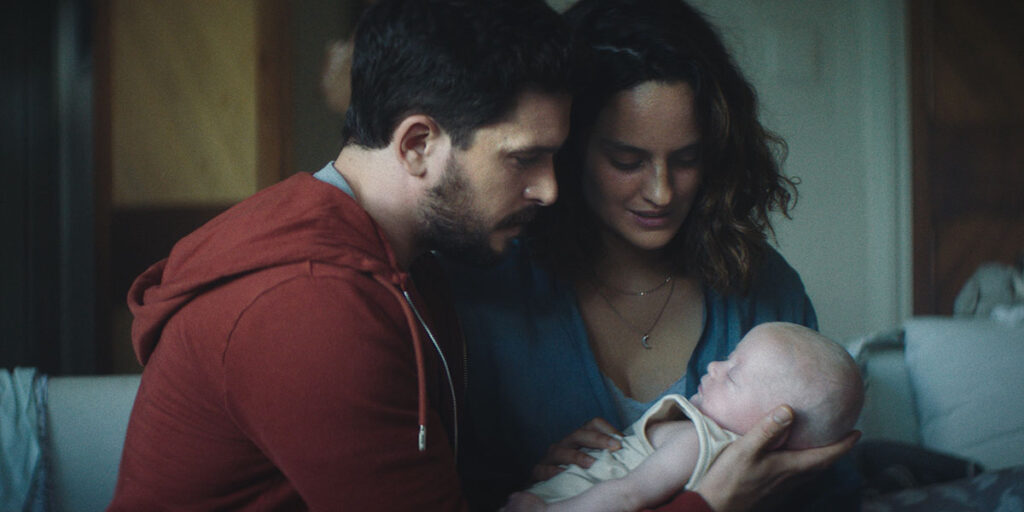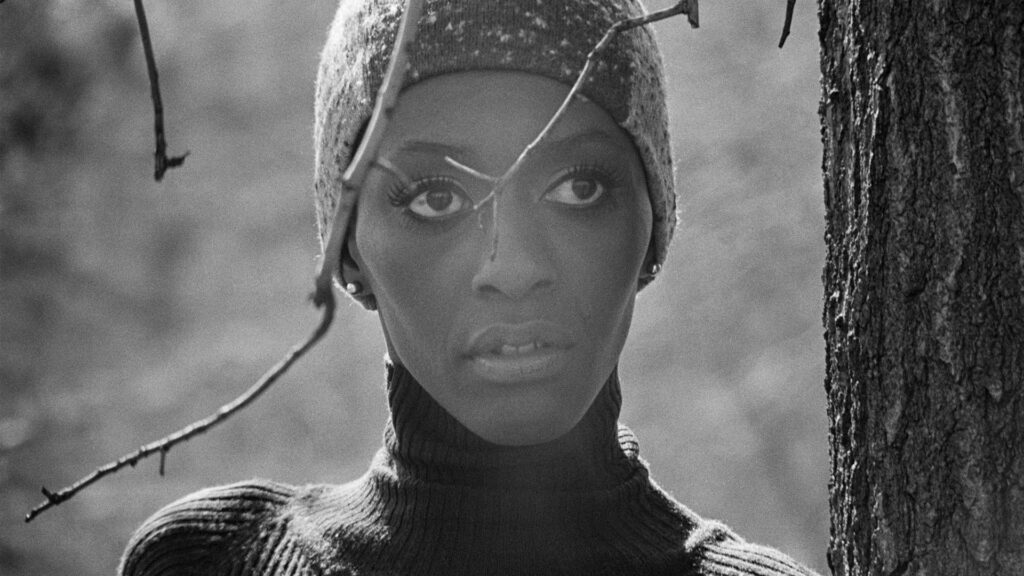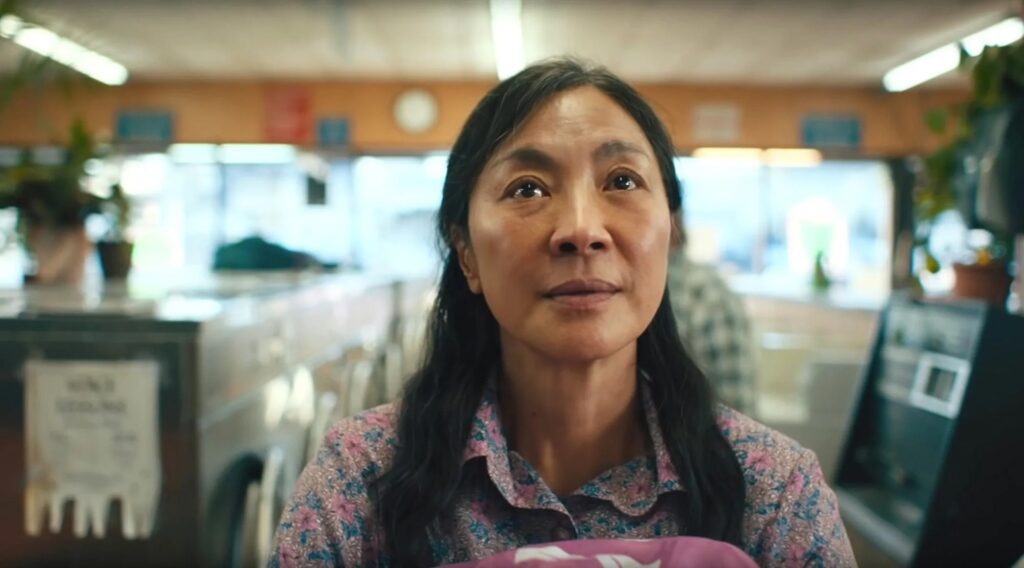The following is excerpted from Michele Meek’s “Independent Female Filmmakers: A Chronicle Through Interviews, Profiles, and Manifestos,” which is available now.
In January 1982, The Independent Film & Video Monthly featured a report from the second International Women Filmmakers Symposium at the Directors Guild of America with the headline “Independent by Default — or by Choice.” Writer Marion Cajori states, “With very few exceptions, women had turned to independent production as a way out of long and frustrating years of work without being given any opportunity within the Hollywood system.” Yet, in the article, these same women filmmakers express that staying independent “offers more freedom and control over the quality of work, not to mention the possibility of actually practicing one’s craft.”
Therein lies the irony inherent in independent female filmmaking — it offers more “freedom” and creative “control,” but the path to be independent is not always explicitly chosen. Major Hollywood studios — who greenlight and fund most popular films — have been accused of “systematic discrimination” against women and people of color who pursue directorial roles.
For the women filmmakers in the recently published book, “Independent Female Filmmakers: A Chronicle through Interviews, Profiles, and Manifestos,” discrimination has taken various forms. Director Cheryl Dunye’s landmark NEA-funded film “The Watermelon Woman” (1996) was lambasted by Republicans in the U.S. Congress for its depiction of lesbian sexuality; and Director and former DGA President Martha Coolidge recalls how she was told she could not obtain a producing credit — which not only meant more prestige but also more money — on some projects simply because she was a woman. Many of the women featured in the compilation turned to television to continue earning their living as directors and writers, and several — some by choice and others by necessity — became authors, teachers, or professors while pursuing their directorial careers.
Institutional bias has had a direct impact on the budgets, genres, and scales of the projects that women direct, as evidenced by the interviews in this collection. When asked in her 1981 Independent interview what she might do with more resources, filmmaker Ericka Beckman responds, “It’s impossible to say now, because the ideas are now coming up reduced, so the time seems to have passed.” Similarly, in a discussion of why independent female filmmakers stay independent or move to television, Coolidge states, “you’re not offered [projects] like men.” Many women in the book articulate that funding challenges kept them from directing features more steadily. Director Maria Maggenti states that it took her six years to fund her second film even after the success of her debut feature “The Incredibly True Adventures of Two Girls in Love” (1995).
When women do make films, they also seem to be held to higher standards — several women in this compilation mention how hard it is for women to “fail.” Maggenti states, “a woman who doesn’t succeed at every attempt that she is making is rarely given another chance,” while for men, as Coolidge states, just one success “would carry them through more okay movies. And, you know, another successful movie and that man would have a career.” When asked how racism and sexism affect her work, filmmaker Julie Dash replies, “Simply by limiting the options available to me for the completion of my projects.”
By this point, the statistics of women in media are well documented and widely reported — thanks to the studies overseen by Dr. Martha Lauzen and the Center for the Study of Women in Television and Film, Dr. Stacy Smith and the Annenberg Inclusion Initiative at USC Annenberg, and the Geena Davis Institute. Their studies have demonstrated the paltry numbers of women both behind and in front of the camera. For example, Dr. Smith found that although women comprised nearly a third of the directors of short films featured at the top 10 worldwide film festivals in 2010-2014, their numbers drop substantially for features — women directed only four percent of the top-grossing movies from 2007-2017. Such numbers are equally troubling for people of color: of the 1,100 popular films in 2007-2017, only five percent of directors were Black and only three percent were Asian or Asian American.
These numbers are disturbing, and they have not changed much in the past several decades. Dr. Lauzen directs annual studies to measure the rates of women directors, writers, producers, editors, and cinematographers in both the top 500 grossing films as well as in the independent film industry. In her historical comparisons, she found that the number of women directors of independent features screened at major film festivals changed from 24 percent in 2008-2009 to 29 percent in 2017-2018. In looking at Hollywood, Dr. Lauzen found that women directed only 18 percent of the top 250 grossing films, a statistic that has changed by only one percentage point in nearly two decades since 1998.
Despite overwhelming odds against women’s making movies, many have persisted, as demonstrated by this compilation. But as the wide-ranging impact of sexual harassment and gender and racial imbalance in the industry comes to light, we must ask ourselves, how many of these and other equally talented female filmmakers might have become as secured in their positions in the filmmaking canon as their male counterparts if it weren’t for unchecked biases? As filmmaker Lizzie Borden states in her interview, “I’ve seen amazing films by women around the world while traveling with ‘Born in Flames’ and realized that nobody will see or even count them.”
Writer Lili Loofbourow in her article “The Male Glance” in the Virginia Quarterly Review details how film and television critics view and analyze male versus female work, arguing that the “male glance” is “the narrative corollary to the male gaze” — the way media made by or about men/boys receives more attention and praise than media made by or about women/girls. She argues, “The effects are poisonous and cumulative and have resulted in an absolutely massive talent drain. We’ve been hemorrhaging great work for decades, partly because we were so bad at seeing it.” Maggenti, in her interview for this compilation, states how Loofbourow’s essay resonated as “significant” to her, because, as she says, “I recognized so profoundly the ways in which women who work in the art of storytelling are not paid attention to, and when you’re not paid attention to and when you’re not taken seriously, it is harder and harder to get your work done.” In other words, it is not only Hollywood who should be called out for discriminating against female filmmakers.
At the time of this writing, the University of Mississippi Press’ Conversations with Filmmakers series features books of interviews with 108 filmmakers, only seven of whom are women. So not only have female filmmakers faced intense discrimination throughout their careers, but they also then continue to meet such obstacles in how their work is received and remembered — even by academic publishers.
I believe that, as scholars and critics, we must de-emphasize “auteur” filmmaking, as traditionally represented by a collection of feature films. Many of the women featured in this compilation have had what one might call “eclectic” film careers spanning genres, lengths, and forms — documentary, narrative, “experimental,” features, shorts, television, and web series. Their careers often include long gaps or several for-hire projects in between their own creative projects. Although today’s market for television offers some women greater funding opportunities and creative control, it still does not come with the cachet of feature film directing. I see no reason to continue such a misperception of their work. If we think that these women filmmakers have worked “in the margins,” it is we who have kept them there.
I believe it is on us as scholars, writers, teachers, and film fans to contemplate, teach, write about, and promote the indisputable legacy of these women’s films. Otherwise, we are further perpetuating the deep-seated industry sexism and racism. These women’s films, in other words, should be on our syllabi. They should be included in our research. Their films should be screened in our festivals and events. Their “lesser known” works should be distributed and widely available. Books and biographies should be written about them and with them. These women should be invited to speak at our universities and organizations, and they should be fairly compensated to do so.
Each of the filmmaker chapters in the book includes a detailed biography, at least one historic interview, manifesto, or profile originally published in The Independent Film & Video Monthly, and, in nearly all cases, a current interview not previously published. All of the women filmmakers featured in this compilation can be considered “legendary” in that they broke gender, race, and sexuality barriers; influenced film movements; and presented some of the most innovative, unconventional, and even revolutionary films of their era.
Borden made films about intersectionality before the term was coined, and Lisa Cholodenko depicted the fluidity of sexual desire at a time when sexuality was still largely viewed as binary. Filmmaker Annie Sprinkle became the first porn star to receive her Ph.D. and shifted the conversation about pornography, art, and sex positivity. Filmmakers Beckman and Yvonne Rainer broke the boundaries between art forms, integrating art and dance into their films. Minh-ha’s films have impacted feminist and post-colonial theory and transformed the fields of documentary and anthropology. Dash’s “Daughters of the Dust” (1991) became the first feature-length narrative film written and directed by an African American woman to receive a general theatrical release. Dunye became the first Black lesbian woman to direct a feature film with “The Watermelon Woman” (1996), and Maggenti wrote and directed one of the first same-sex teen comedies. Deepa Mehta’s “Fire” (1996) became the first mainstream Indian film to feature a same-sex relationship. Coolidge not only broke into Hollywood filmmaking, but also served as the first (and thus far only) female President of the Directors Guild of America. Miranda July has challenged norms with her own films, while also assembling Joanie 4 Jackie, an archive of women-made videos between 1996 to 2007, now available through the Getty Institute. Barbara Kopple remains the only female director to win two Academy Awards for Best Feature Documentary — one for her film “Harlan County, U.S.A.” (1976) and another for “American Dream” (1990). In 2006, New York’s Museum of Modern Art held a retrospective of Su Friedrich’s work, acquiring seven films for their permanent collection. Jennifer Fox recently made it “through the eye of a needle” by, after decades of directing documentaries, shifting to writing and directing the Emmy Award-nominated narrative film “The Tale” (2018) starring Laura Dern.
These women have been recognized for their pioneering work and have won awards for their films at the Emmys, Oscars, Sundance, and Cannes. They have directly impacted media history by challenging the status quo and making work that we should continue to watch, appreciate, support, and study. They are not only important women filmmakers, they are important filmmakers.
Many of the women in this book express the potential for increased opportunities and equal pay for women in the post-#MeToo era, but they also recognize the urgency to continue to advocate for equality. As Friedrich states, “The neglect and disparagement runs way too deep and does not change in six months.” But hope we must. As Mehta says, “it’s been a long time coming and I hope it sustains itself.”
So do I.
Michele Meek, Ph.D. is a writer, filmmaker, and an Assistant Professor in Communication Studies at Bridgewater State University. Her most recent book, “Independent Female Filmmakers: A Chronicle Through Interviews, Profiles, and Manifestos,” is available for purchase via Amazon and Routledge. She also recently presented her TEDx talk, “Why We’re Confused About Consent — Rewriting Our Stories of Seduction.” For more information, check out her website.
Erbland, Kate. “Major Hollywood Studios ‘Systematically Discriminated’ Against Female Directors, EEOC Finds — Report.” indieWIRE. Feb. 15, 2017. According to the EEOC, “systematic discrimination” is partially defined as “a pattern or practice, policy, or class case where the alleged discrimination has a broad impact on an industry, profession, company or geographic area.” More information is available on their website under “systematic discrimination.”
Martha Coolidge. Interviewed by Michele Meek on March 2, 2018.
“Gender & Short Films: Emerging Female Filmmakers and the Barriers Surrounding their Careers,” October 5, 2015.
Dr. Stacy L. Smith, Marc Choueiti, and Dr. Katherine Pieper. “Inclusion in the Director’s Chair?” January 2018.
Dr. Martha M. Lauzen. “Indie Women: Behind the Scenes Employment of Women in Independent Film, 2017-2018,” 2018.
Dr. Martha M. Lauzen, “The Celluloid Ceiling: Behind-the-Scenes Employment of Women on the Top 100, 250, and 500 Films of 2017,” 2018.
Over 94 percent of 843 women in the entertainment industry recount experiencing sexual harassment and/or assault, according to a study conducted by USA Today. Feb. 20, 2018.
Lizzie Borden, Interviewed by Cynthia Felando, April 23, 2018.
Lili Loofbourow, “The Male Glance,” Virginia Quarterly Review, Spring 2018, accessed June 19, 2018.
Maria Maggenti. Interview by Amy Guth on March 22, 2018.
“Conversations with Filmmakers Series.” University of Mississippi Press. Accessed August 1, 2018.
Jennifer Fox. Interviewed by Michele Meek on August 4, 2017.







